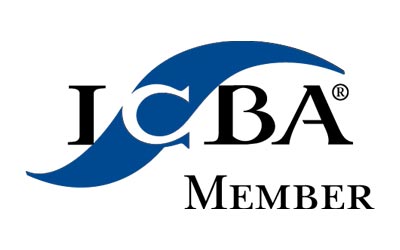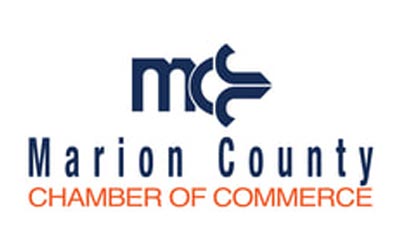Our History
First Exchange Bank is the successor of three banks that served the once-bustling city of Mannington. They were The Bank of Mannington, First National Bank of Mannington, and the Exchange Bank of Mannington.
Over a century ago, Mannington got its first financial institution when the Exchange Bank opened. John Blackshere was president and Charles E. Joliffe was cashier. The bank was needed because an oil and gas boom had swelled the city’s population. Mannington was the home to plate glass, bottle glass, and egg glass factories; a brick plant; a pottery built by M.L. Benedum; two livery barns; and numerous stores and shops.
In 1895, the First National Bank was established in a new brick-and-stone building with James H. Furbee as president and William H. Furbee as cashier. This was destined to be Mannington’s only federally-chartered financial institution. As such, First National was authorized to issue currency bearing the bank’s name. First National’s currency is now scarce and highly prized by collectors.
Near the turn of the century, The Bank of Mannington began business in the brick-and-stone block building on the corner of Market and Water streets. Marion Tetrick was president and Charles Robinson was cashier.
Anyone who talks for long about Mannington’s history must speak of George W. Bowers, who moved from Wheeling to Mannington in 1904. Bowers opened a sanitary pottery – the Homewood Pottery Co.
The firm concentrated on the manufacture of a line of high-grade sanitary pottery. The company prospered and, at the height of its production, operated 20 kilns, employed over 200 workmen and had annual capacity of 330,000 pieces. The factory occupied about six acres of floor space.
During the depression years, Mannington’s three banks merged; the institution that came out of those hard times was the First Exchange Bank. The bank was chartered by the State of West Virginia on June 25, 1932. The first president of the bank was George W. Bowers, of pottery fame.
The new institution’s first home was the banking house at the corner of Market and Water streets formerly occupied by The Bank of Mannington. The building was burned in 1991. The historical stone work which remained standing at street level has been saved. Harry J. Haught, who was on the new bank’s original board of directors, later served as president. Subsequent presidents include Philip H. Pitzer, George W. May, and A. Dale Poling. Jack C. Prendergast retired as President and CEO in 2006, and William F. Goettel currently holds the position.
First Exchange Bank moved into modern new quarters on West Main St. in 1969. The contractor was G. A. Brown and the architect was Louis Schmidt. Two additions have been constructed since the original building opened on West Main St. A total of six residences once occupied the land where the bank now stands.
Assets, which totaled approximately $4.5 million at the time of the move in 1969, now total over $300 million. The growth has been accomplished by maintaining a focus on serving the small business community and providing excellent customer service to each and every customer.
First Exchange Bank has made a conscious decision to remain independent and to assist in the communities we serve. Officers and staff are encouraged to participate in non-profit and service organizations to make a positive impact. The bank now has a total of seven offices located in Mannington, Fairmont, Morgantown, Hundred, Fairview, and White Hall.









